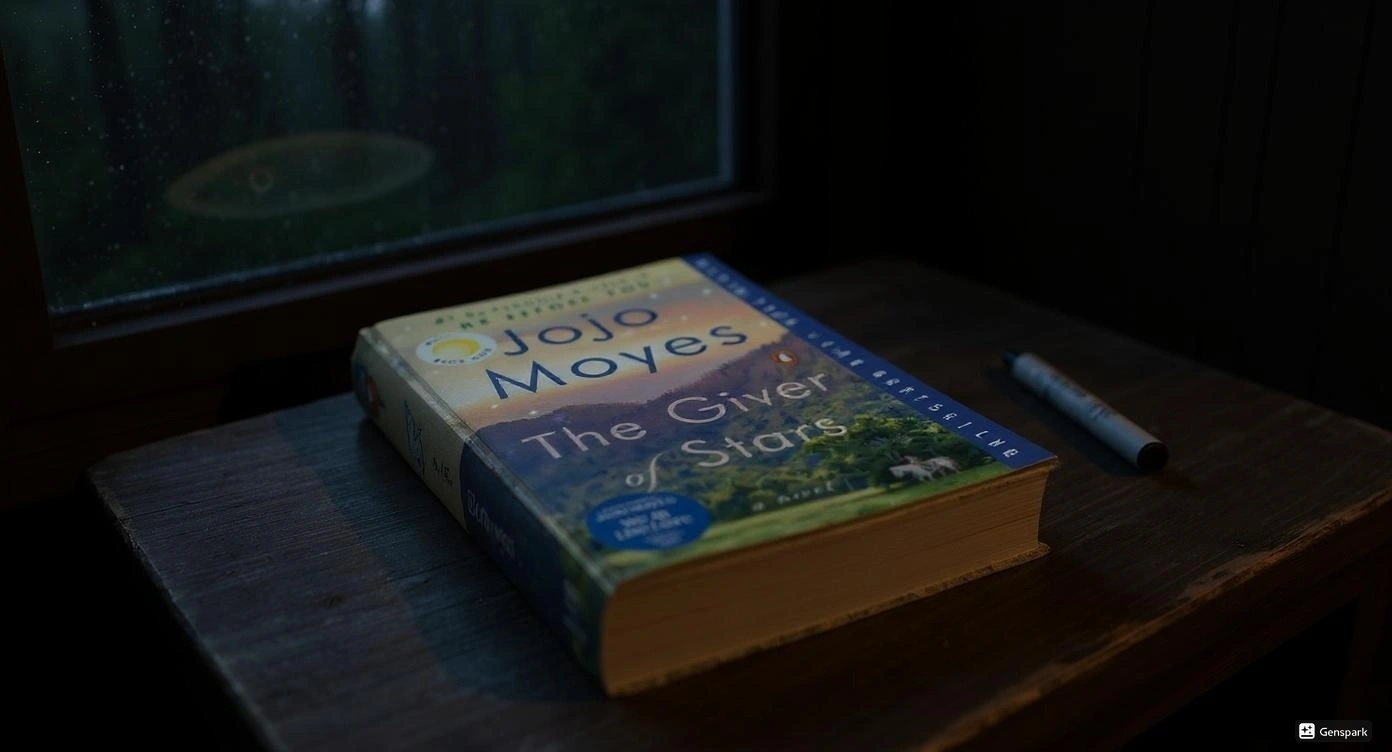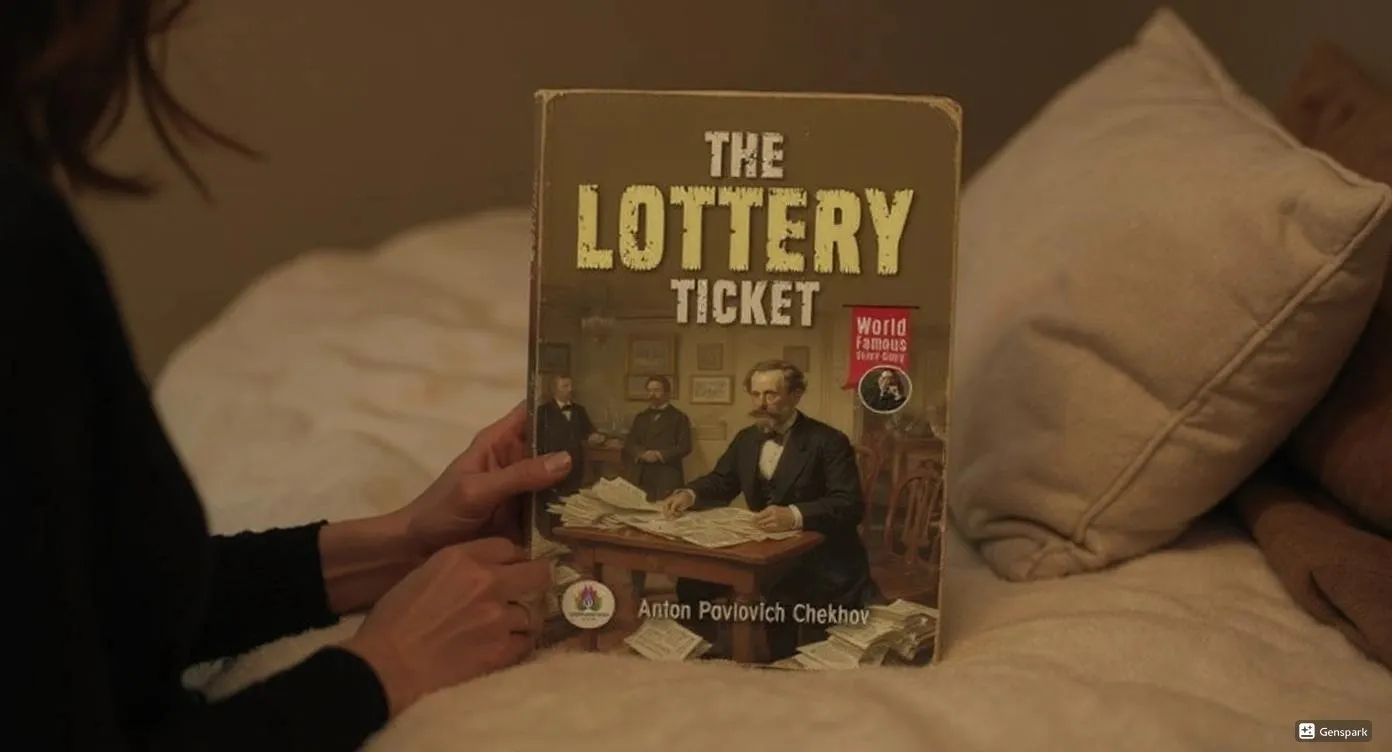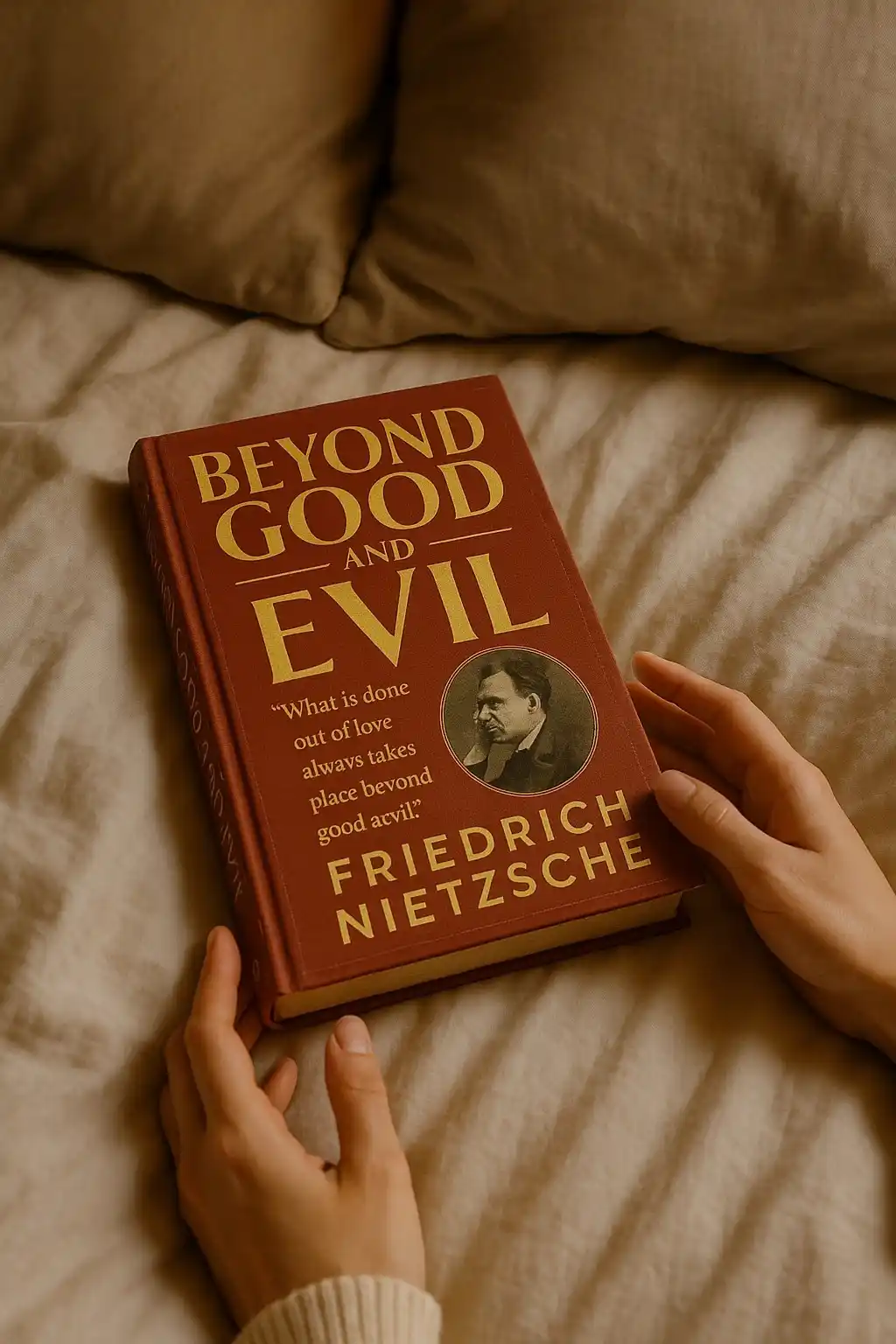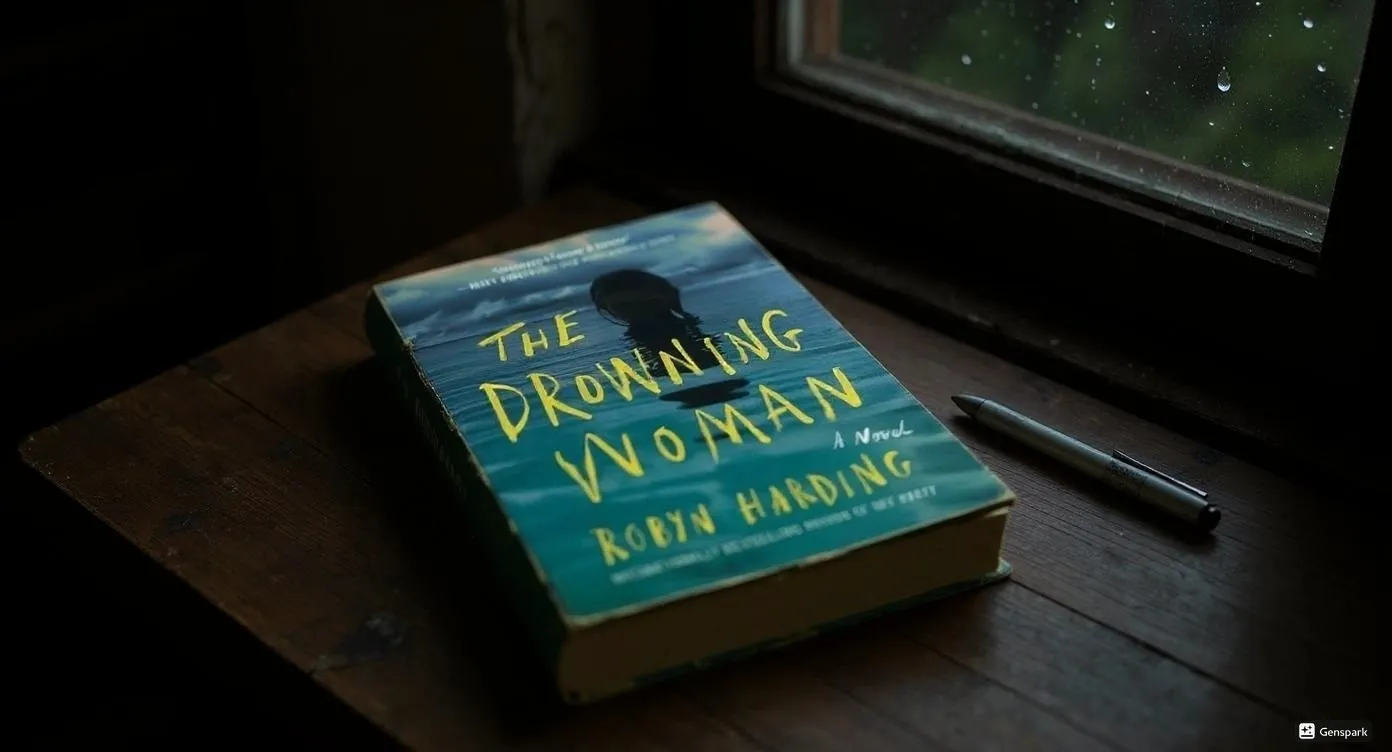I’ll be honest, “This Is Not a Ghost Story by Amerie” surprised me. Amerie, known for her Grammy-nominated music, brings a fresh twist to ghost stories. If you crave something witty and different, you might love this book. With millions of books published yearly, finding a standout feels rare.
Key Takeaways
Amerie’s book gives a new and funny take on ghost stories.
The main character is easy to relate to. He tries to figure out who he is after he dies.
The story takes place in busy Los Angeles. The jokes and humor make the story feel real.
These things keep readers interested from beginning to end.
The book talks about big ideas like identity and thinking about yourself.
It moves quickly and uses satire. This helps make serious topics fun to read.
This Is Not a Ghost Story by Amerie: Summary
Main Character
I have to admit, John grabbed my attention right away. He’s not your typical ghost. John is a Black man who wakes up after death with no memory of how he died.
He’s stuck in Los Angeles, invisible to the living, and trying to piece together his past. I found myself rooting for him, even when he made questionable choices. His confusion felt real. I could almost feel his frustration and loneliness.
John’s voice is sharp, funny, and sometimes painfully honest. He doesn’t sugarcoat his feelings about being dead or about the city that never seems to sleep.
Setting
Los Angeles feels like a character in itself. The city buzzes with life, but John floats through it like a shadow. I loved how Amerie paints LA as both beautiful and harsh. The palm trees, the endless traffic, the late-night neon—all of it sets the mood.
The city’s diversity and chaos mirror John’s own search for meaning. I could almost hear the distant sirens and smell the street food. The setting isn’t just a backdrop; it shapes every part of John’s journey.
Premise
This Is Not a Ghost Story by Amerie flips the usual ghost story on its head. Instead of haunting others, John haunts himself. He’s stuck between worlds, trying to figure out who he was and what he lost. The story mixes humor with sadness.
I laughed at John’s sarcastic takes on ghost clichés, but I also felt the weight of his isolation. The book pokes fun at the idea of unfinished business, but it also asks big questions about identity and purpose.
Note: The plot summary here reflects the kind of structured, transparent storytelling that readers appreciate. Like summary of findings tables in research, Amerie’s narrative gives us clear glimpses into John’s world, his struggles, and the outcomes of his choices. The story doesn’t get bogged down in details, but it delivers enough to keep me hooked.
The satirical spin keeps things fresh. I never felt like I was reading the same old ghost story.
The contemporary setting and voice make the book feel current and relatable.
John’s journey isn’t just about being a ghost; it’s about being seen, heard, and remembered.
I have to give props to Amerie for making me care about a character who doesn’t even know himself. The book left me thinking about what it means to move on, or to stay behind.
Themes
Identity
Identity sits at the heart of “This Is Not a Ghost Story by Amerie.” I watched John struggle with who he was, both in life and after. He questions everything—his memories, his choices, and even his place in the world. I found myself asking the same questions.
What makes us who we are? Is it our past, or what we do now? The book doesn’t hand out easy answers. Instead, it lets readers sit with the confusion and the hope that comes from searching for yourself.
Humanity
John’s journey made me think about what it means to be human. He’s a ghost, but his feelings are raw and real. I saw him wrestle with loneliness, hope, and the need to connect. The story pokes fun at ghost clichés, but it never laughs at real pain.
I liked how Amerie used humor to highlight the serious stuff. Here’s a quick look at how research lines up with the book’s take on humanity:
Aspect Evaluated | Human Themes in Studies | Book’s Approach |
|---|---|---|
Consistency | Deep, honest look at feelings | |
Insight | Human context matters | John’s story feels personal |
Limitations | AI misses nuance | Book leans into messy emotions |
Self-Reflection
Self-reflection runs through every chapter. John’s inner voice is sharp, sometimes funny, sometimes sad. I saw him question his choices and try to make sense of his new reality. Critics say self-reflection brings out the best in stories, and I agree.
The book shows how looking inward can change how we see ourselves and others. It’s not just about ghosts; it’s about growing up, letting go, and finding meaning.
The book stands out from other ghost stories because it isn’t afraid to laugh at itself, even when things get tough.
Style
Satire
I have to give props to Amerie for her sharp sense of humor. Satire runs through almost every page. I found myself laughing at John’s sarcastic takes on ghost clichés and LA life. Amerie doesn’t just toss in jokes—she builds them into the story. Here’s what stood out to me:
She uses irony and parody to poke fun at the idea of unfinished business.
John’s inner monologue often flips serious moments into something funny.
The book uses positive words in negative situations, which made me smirk more than once.
Researchers actually break down satire by looking for things like silly statements, laughter, and even the way words get twisted to mock big ideas. Amerie checks all those boxes. Her style feels fresh, not forced.
Narrative Voice
Reading “This Is Not a Ghost Story by Amerie” felt like listening to a friend spill secrets late at night. The first-person voice pulls you right into John’s head. I felt his confusion, his hope, and his biting humor.
Studies say first-person and present tense make stories feel closer and more real. I totally agree. The emotional honesty kept me hooked. The story never gets bogged down in big words or long explanations. It’s clear, focused, and easy to follow.
I couldn’t help but root for John, even when he made mistakes. His voice made the story feel personal and raw.
Pacing
I’ll be honest, the pacing surprised me. The story moves fast, but not so fast that I got lost. Each chapter feels like a quick scene in a movie. I never felt bored or rushed. The action picks up at just the right moments, then slows down for John’s self-reflection.
That balance kept me turning pages. Studies on pacing show that shorter scenes and quick changes can make a story feel more urgent. Amerie nails this. I finished the book in two late-night sittings—couldn’t put it down.
Characters

John’s Journey
I have to admit, John’s story pulled me in from the first page. He’s not just floating through LA as a ghost—he’s searching for himself. I watched him struggle with big questions about who he was and who he wants to be. Sometimes, his choices made me cringe, but that’s what made him feel real. I saw him mess up, try again, and sometimes just sit with his feelings.
That honesty hit hard. I found myself rooting for him, even when he pushed people away. His journey isn’t just about being dead; it’s about learning to face the truth, even when it hurts.
I noticed that research on character development suggests looking at how often a character appears and how their actions change over time. John’s presence in every chapter makes his growth impossible to ignore. He’s the heart of the story, and his voice kept me turning pages.
Supporting Cast
The people (and ghosts) around John add so much color to the story. Each one brings something different to his journey. Some challenge him, some comfort him, and a few just confuse him. I liked how Amerie didn’t make them all the same. Here’s what stood out to me:
Some characters push John to grow, while others show what happens when you get stuck.
A few supporting characters have their own mini-arcs—some change for the better, some don’t.
Their interactions with John reveal new sides of him I wouldn’t have seen otherwise.
Pros and Cons
Strengths
I have to give props to Amerie for making me stay up way too late. I started reading after dinner and suddenly it was 2 a.m.—I just couldn’t put it down. The book’s satirical voice made me laugh out loud, even when the story got heavy.
John’s perspective felt honest and raw. I loved how Amerie played with ghost story tropes and turned them upside down.
Fresh take on ghost stories—no tired clichés here
Sharp humor that actually lands (rare for this genre)
Relatable main character who feels real, flaws and all
Fast pacing kept me flipping pages
Los Angeles setting felt alive and added so much mood
Critics seem to agree: the book’s voice and humor stand out. Many reviews mention how Amerie’s style feels both modern and heartfelt.
Weaknesses
To be fair, not everything worked for me. Sometimes the humor felt a bit much, almost like it tried too hard to be clever. A few side characters faded into the background, and I wanted more from them. The ending left me with questions—I like some mystery, but I wanted a bit more closure.
Some jokes missed the mark or felt repetitive
Supporting cast could use more depth
Ending felt a little rushed and open-ended
About Amerie
Background
I always knew Amerie as the voice behind some of my favorite early 2000s hits. She’s a Grammy-nominated singer-songwriter who made songs that stuck in my head for days. Her music felt bold and honest, just like her writing. I remember blasting her tracks on repeat, never guessing she’d one day write a novel that would keep me up all night. Amerie’s creative energy jumps off the page, and I can see how her music background shapes her storytelling.
Amerie’s music career brought her into the spotlight.
She’s known for her unique sound and fearless lyrics.
Her fans love her for being real and relatable.
I have to give props to Amerie for not sticking to just one lane. She took a risk by moving from music to books, and it paid off.
Transition to Fiction
Switching from music to fiction isn’t easy. I’ve seen artists try and miss the mark, but Amerie brings something fresh. Her writing feels rhythmic, almost like she’s composing a song with words. I noticed how she uses timing and emotion, just like in her music. The dialogue snaps, the scenes flow, and the humor lands in all the right places.
Her background in songwriting helps her create strong voices for her characters.
She knows how to build tension and release it, which kept me turning pages.
I felt her personal touch in every chapter, especially in the way she explores identity and self-reflection.
If you’re a fan of artists who aren’t afraid to reinvent themselves, Amerie’s move into fiction will probably impress you. She proves that creativity doesn’t have to stay in one box.
Audience
Who Should Read
I always ask myself, “Who would love this book?” If you like stories that mix humor with a bit of sadness, you’ll probably enjoy this one. I think fans of contemporary fiction, satire, or anyone tired of the same old ghost stories will find something new here. If you want a book that pokes fun at itself and still makes you think, this one fits the bill.
You enjoy sharp, witty writing.
You like stories set in big cities with lots of personality.
You want a main character who feels real, even if he’s a ghost.
You’re open to books that don’t follow the usual rules.
I noticed that readers who leave longer, thoughtful reviews often mention how the book’s humor and honesty stand out. Recent reviews show people love the fresh take, but some wish for more closure at the end.
Reader Preferences
I know every reader brings their own taste to the table. Some people want a fast-paced story with lots of laughs. Others look for deeper themes about identity and what it means to be human. This book tries to balance both, but not everyone will love that mix.
If you like books that make you laugh and think, you’ll probably connect with John’s journey.
If you want every side character to get a full story, you might feel a little let down.
If you prefer neat, tied-up endings, you may want more answers than the book gives.
Social media comments and review sites show that younger readers and fans of quirky, offbeat stories rate this book higher. Some readers mention the open ending as a drawback, but others say it made them think more about the story. I always check what people say online before I pick up a book, and I saw a lot of honest feedback about what works and what doesn’t.
I recommend “This Is Not a Ghost Story by Amerie” to anyone who loves sharp humor and stories that make you think. The GRADE system values clear, honest recommendations, and I stand by mine.
Share your thoughts below!
Try Amerie’s other works or grab this book next.
If I had to rate it, I’d give “This Is Not a Ghost Story by Amerie” a solid 7/10. The book surprised me, made me laugh, and even got me thinking about life and identity. Not perfect, but definitely worth a spot on your nightstand.
Sip The Unknown—Discover Stories You Never Knew You’d Love!
Dionysus Reviews Has A Book For Every Mood
Biography & Memoir
Fiction
Mystery & Detective
Nonfiction
Philosophy
Psychology
Romance
Science Fiction & Fantasy
Teens & Young Adult
Thriller & Suspense
Frequently Asked Questions
Is “This Is Not a Ghost Story by Amerie” scary?
Nope, not really. I found it more funny and thoughtful than chilling. The book pokes fun at ghost stories instead of trying to scare you.
Do I need to like ghost stories to enjoy this book?
Not at all! I usually skip ghost stories, but I still enjoyed John’s journey. The humor and self-reflection made it feel fresh.
Will there be a sequel?
I haven’t seen any news about a sequel. The ending leaves some questions, so I’d love to see more from Amerie in the future.









